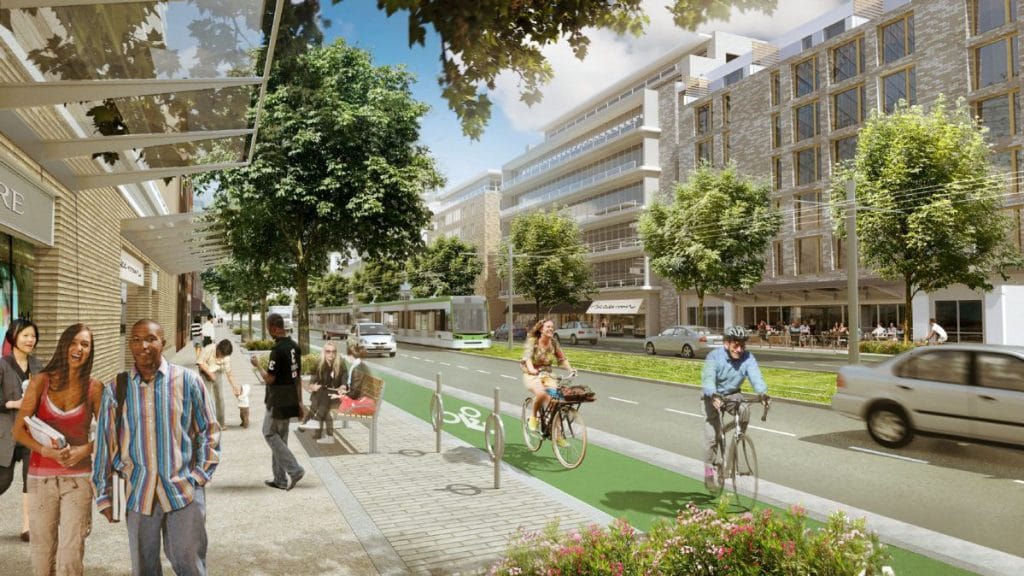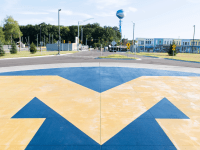Shared modes of transportation, such as ride-hailing, scooter sharing, and bike sharing can enhance mobility, equity, and sustainability in metropolitan areas if combined with public transit and increased in scale.
A new report The Role of Transit, Shared Modes, and Public Policy in the New Mobility Landscape from the US National Academies of Sciences, Engineering, and Medicine says deliberate and strategic measures are needed to realise the full and potentially transformative benefits of shared services.
These include providing travellers with real-time or near real-time information on combinations of available price and service offerings, smartphone applications that simplify the process of arranging and paying for the use of multiple transportation modes for a single trip, and more public sector coordination of services across modes and jurisdictions.
Gary Thomas, chair of the team who authored the report and president and CEO of Dallas Area Rapid Transit (DART), says, “Rather than having these individual silos that forces the consumer, at the end of the day, to really pick a bus, a train, a scooter, a bike, a ride-hailing type vehicle; if you could come up with a platform where everybody was coordinated and working together, and really working toward the benefit of the consumer with the approach of how can we make this work best”.
The report highlights some significant barriers to achieving increasingly integrated transportation services, such as the need to systematically gather and share information on the service offerings and real-time performance of shared mode options, particularly from the private ride-hailing companies that provide the majority of shared mode trips.
Furthermore, fragmented local governance can limit the public sector’s ability to overcome these obstacles and to put in place regional strategies for service integration. Other significant barriers include policies that underprice road use when accounting for the effects of congestion and emissions; the lack of integrated fares, routes, and schedules across multiple transit providers regionally; and the challenge of keeping pace with and coordinating new and rapidly evolving shared mobility services.
Overcoming these barriers will be vital to shaping the changing transportation. The report recommends the creation of publicly available software platforms that integrate and offer information from all service providers to consumers about regional transportation options, including their cost, duration, and emission impacts.
All entities involved in these measures, both public and private, should pilot test, evaluate, and share best practices, the report says. Public sector research agencies, specifically, can serve urban areas by supporting such testing and evaluation as well as research. Many of these testing, implementation, and evaluation measures can be most readily adopted by central cities in a metropolitan area, but should expand to more completely include suburban areas over time.





